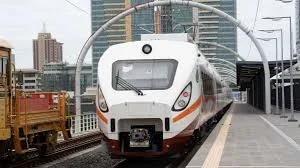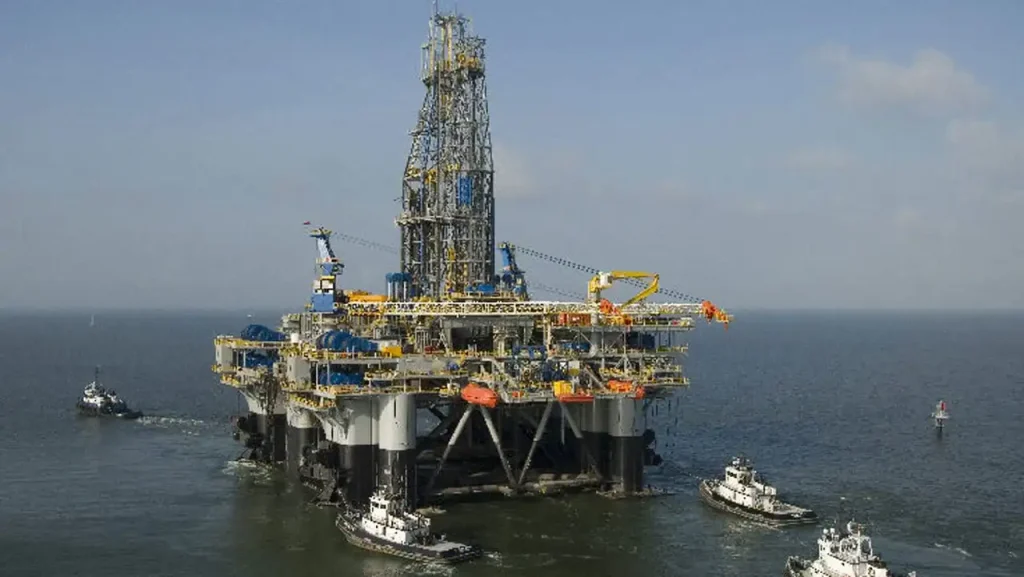 Tanzania announced the completion of Phase I of its ambitious Standard Gauge Railway (SGR) project, connecting the port city of Dar es Salaam to Morogoro, a distance of 300 kilometers. This development marks a significant milestone for Tanzania’s transport infrastructure, aiming to boost trade, connectivity, and regional integration across East Africa.
Tanzania announced the completion of Phase I of its ambitious Standard Gauge Railway (SGR) project, connecting the port city of Dar es Salaam to Morogoro, a distance of 300 kilometers. This development marks a significant milestone for Tanzania’s transport infrastructure, aiming to boost trade, connectivity, and regional integration across East Africa.
The first phase of the SGR project, constructed by Turkish firm Yapı Merkezi, is designed for electric trains capable of reaching speeds up to 160 km/h, reducing travel time from Dar es Salaam to Morogoro to about two hours compared to five hours on the older rail system. This new line is expected to alleviate traffic on roads, cut transportation costs, and improve logistics efficiency, thus enhancing Tanzania’s position as a regional trade hub.
Funded by the Tanzanian government with significant investments, the SGR project is part of a broader plan to connect Tanzania with neighboring landlocked countries, including Rwanda, Uganda, Burundi, and the Democratic Republic of the Congo. In total, Tanzania’s SGR is planned to cover over 1,200 kilometers across five phases, eventually extending to the shores of Lake Victoria and Lake Tanganyika.
Speaking at the launch event, Tanzanian President Samia Suluhu Hassan highlighted the SGR as a transformative project that aligns with the government’s goals of modernizing transportation and boosting economic growth. The project, which was initiated in 2017, also seeks to reduce greenhouse gas emissions by shifting freight transport from roads to rail.
Phase II, currently under construction, will extend the railway from Morogoro to Dodoma, covering another 422 kilometers. Once the entire project is completed, it is expected to significantly reduce freight and passenger costs and contribute to Tanzania’s goal of a sustainable, modern transport system. The SGR is also anticipated to reduce freight costs by up to 40%, making Tanzanian ports more competitive for neighboring countries.
The successful completion of Phase I represents a key step in Tanzania’s long-term plan to facilitate economic integration within the East African region, promising enhanced trade and improved access to regional markets.






















